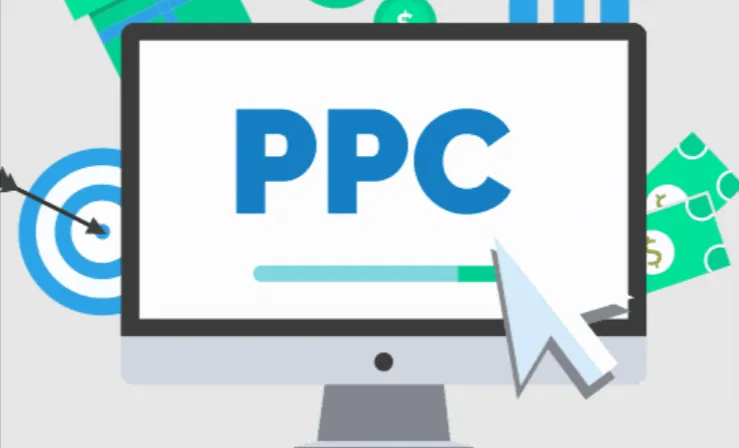In the intricate landscape of digital advertising, understanding the concept of Average Pay Per Click (Avg. CPC) is pivotal for businesses seeking to optimize their online marketing strategies. This blog delves into the dynamics of Average PPC, exploring its significance, factors influencing it, and how businesses can leverage this metric to enhance their online presence and advertising ROI.

Understanding Average Pay Per Click (Avg. CPC):
What is Average Pay Per Click (PPC) ?
Average PPC, commonly known as Avg. CPC, is a fundamental metric in digital advertising that measures the average cost an advertiser incurs each time a user clicks on their ad. This metric plays a crucial role in determining the efficiency and cost-effectiveness of a Pay-Per-Click (PPC) campaign.
How is Avg. PPC Calculated?
The formula to calculate Average Pay Per Click is straightforward:
Avg. PPC=Total Cost/Total Clicks
In essence, it represents the average amount an advertiser pays for a single click on their advertisement.
Factors Influencing Average Pay Per Click:
- Keyword Competition:
- The competitiveness of chosen keywords significantly impacts Avg. CPC. High-demand keywords often come with a higher cost per click due to increased competition among advertisers.
- Ad Quality and Relevance:
- Search engines reward advertisers with relevant and high-quality ads. Advertisements that align with user intent and offer a positive user experience may enjoy a lower Avg. CPC.
- Bid Strategy:
- The bidding strategy employed by advertisers influences Avg. CPC. Whether using manual or automated bidding, the chosen strategy affects the cost of clicks.
- Quality Score:
- Quality Score, assigned by platforms like Google Ads, considers ad relevance, click-through rate (CTR), and landing page experience. A higher Quality Score can result in a lower Avg. CPC.
- Industry and Geographic Location:
- Industry norms and geographic locations contribute to variations in Avg. CPC. Industries with high competition or specific geographic areas may experience higher costs.
- Ad Placement:
- The position where an ad appears on a search engine results page can impact Avg. CPC. Top positions often come with higher costs compared to lower positions.
Leveraging Avg. CPC for Optimal Campaigns:
- Keyword Research and Selection:
- Conduct thorough keyword research to identify relevant and cost-effective keywords. Striking a balance between relevance and competition is key.
- Optimize Ad Copy and Landing Pages:
- Craft compelling ad copy that resonates with your target audience. Ensure that landing pages provide a seamless experience, optimizing for conversions.
- Refine Bidding Strategies:
- Continuously monitor and adjust bidding strategies based on campaign performance. Experiment with manual and automated bidding to find the most cost-effective approach.
- Continuous Performance Analysis:
- Regularly analyze campaign performance metrics. Identify underperforming keywords or ads and make data-driven adjustments to enhance overall efficiency.
- Geotargeting and Ad Scheduling:
- Utilize geotargeting to focus on specific regions and consider ad scheduling to display ads at optimal times. This targeted approach can influence Avg. CPC based on user behavior.

